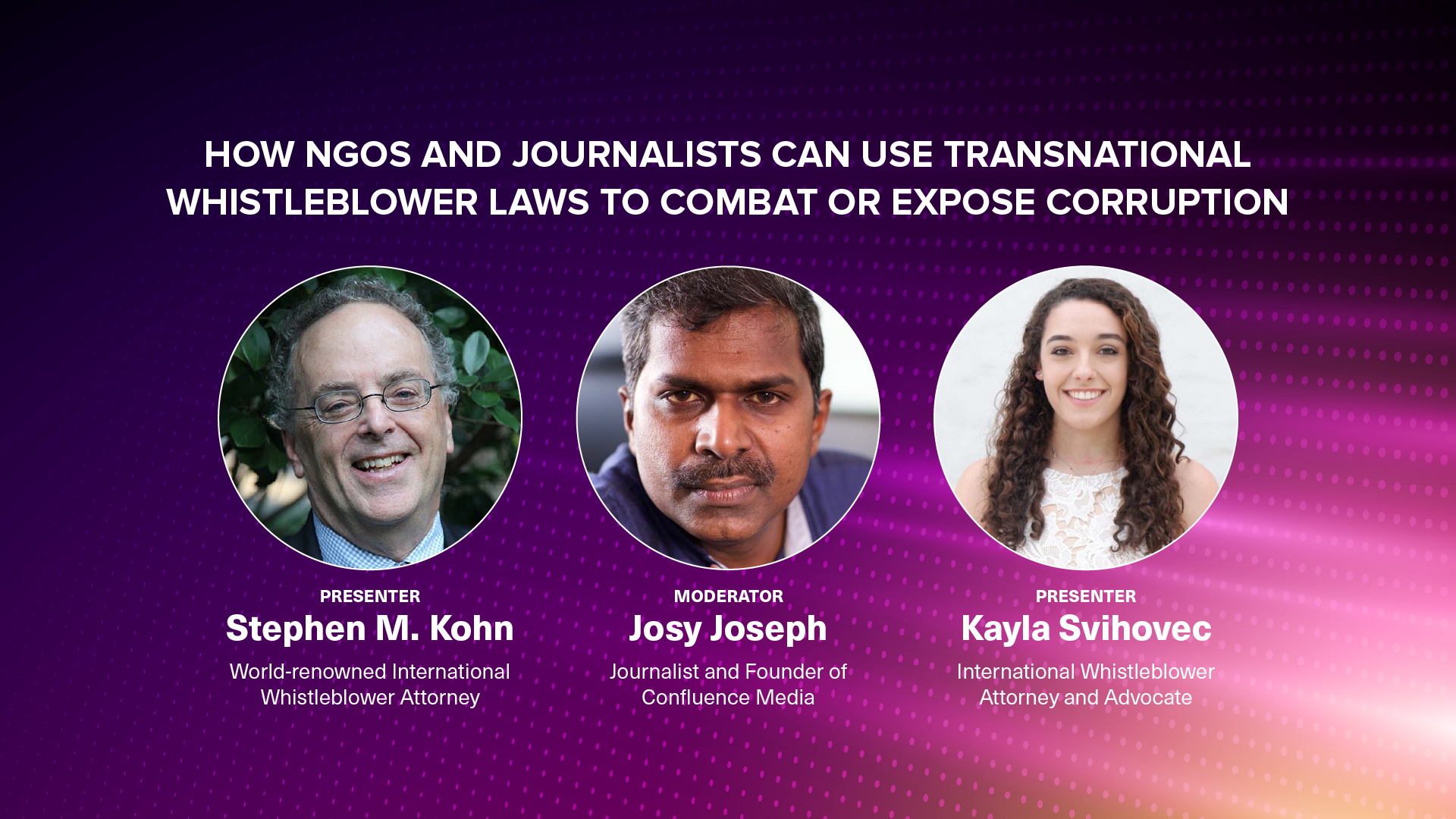Introduction to Corruption in India
Corruption in India is not a new phenomenon. It is a complex issue with a long history, which stems from many factors, such as high tax rates and excessive regulation. Furthermore, the power Indian authorities have over its citizens allows for corrupt officials to engage in bribery.
This guide aims to provide whistleblowers with important information about corruption in India, including its history, types, examples, effects, and reporting mechanisms. In some instances, Indian whistleblowers may be able to report corruption using major U.S. laws. Successful whistleblowers may even be able to receive an award if their information leads to a successful enforcement action.
Continue reading to learn more about corruption in India and the various U.S. laws.
History of Corruption in India
Corruption in India can be traced back to the British Raj period (1858-1947) when the British introduced a system of patronage and favoritism, which laid the foundations for corruption.
This period excluded Indian citizens from political participation, dividing the country into districts with provincial governments controlled by a commissioner.
The post-independence era (1947-present) saw rapid economic growth and a change in politics, but also heavy regulation and licensing, which has allowed corruption to flourish. This has effectively suppressed market competition and led to an increase in bribery.
The period leading up to 1991 was considered the "License Raj," which refers to a system of tight government regulation and control over the Indian economy. The funds received from licensing were diverted from important public programs into the pockets of the elites. This has contributed to a transfer of black money abroad into Swiss banks and international real estate.
This explosive economic growth has also created a culture of impunity, where bureaucrats and political figures engaged in corruption without being held responsible. Furthermore, the lack of transparency in government regarding such matters has made it difficult to address corruption.
Types of Corruption in India
There are several forms of corruption in India. As previously stated, corruption is a complicated issue with many factors, and addressing it requires a multifaceted approach. Below are the most common forms of corruption seen in India today:
- Bribery – the term bribery refers to the act of the offering or acceptance of money or other benefits in exchange for favors or services. In India, bribes are offered to police officers to avoid fines, or paid to government officials to obtain permits or licenses.
- Embezzlement – the theft of funds or assets by individuals entrusted with their care. Take for instance the 2G spectrum license scandal, where licenses were allegedly being allocated at below-market-prices, which created massive losses for the government.
- Extortion – the use of threats or force to obtain money or other benefits. In India, this most often happens with "land grabs," or owners being forced off their land or to sell at below-market prices. Local businesses may also have to pay local gangs or politicians for protection.
- Cronyism – this term refers to the preferential treatment of friends or associates, often at the expense of merit. In India, relatives of politicians may be appointed to positions of power, yet they do not possess the necessary qualifications.
- Nepotism – the favoring of relatives in appointments or promotions. Like cronyism, relatives are appointed to powerful positions. This can also refer to governments awarding contracts to companies who have deep connections with other officials who will benefit somehow.
- Corruption in Public Procurement – the manipulation of public procurement processes for personal gain. This includes bid-rigging and kickbacks, which may be paid to government officials in exchange for being awarded a contract.
- Money Laundering – the concealment of the source of illegally obtained funds. In India, the hawala system is used to launder "black money" into Swiss banks. Illegally obtained funds are often invested into real estate.
These are just a few examples of the various forms of corruption that have hindered Indian society. It is a pervasive problem that has even made its way into various sectors, including healthcare, education, sports, and not-for-profit organizations.
Examples of Corruption in India
There are many examples of corruption in India, which have been covered quite well. Below are a few the most notable:
Coalgate Scandal (2012)
The Coalgate scandal, a major political controversy in India, exposed allegations of corruption in the allocation of coal blocks during the United Progressive Alliance (UPA) government.
In 2012, the Comptroller and Auditor General of India (CAG) released a report accusing the government of inefficiently allocating coal blocks without proper procedures or competitive bidding, leading to a significant loss to the exchequer. The report estimated the loss to be over ₹1.76 trillion (approximately $27 billion at the time).
The scandal involved allegations of corruption against several politicians and businessmen. Some individuals accused of receiving bribes or favors in exchange for coal block allocations included Naveen Jindal, Kumar Mangalam Birla, and certain Congress party leaders.
The scandal had a severe political impact, contributing to the downfall of the UPA government and the Congress party’s defeat in the 2014 general elections. While the scandal has been widely debated and investigated, the full extent of the corruption and the legal consequences for those involved remain a subject of ongoing discussion.
Commonwealth Games (2010)
The Commonwealth Games scandal, a major political controversy in India, exposed allegations of corruption and mismanagement in the planning and execution of the 2010 Commonwealth Games held in Delhi. The Central Vigilance Commission (CVC) found that the organizers of the games had inflated the costs of various projects, resulting in a significant loss to the exchequer. The estimated financial loss due to the scandal was over ₹70 billion (approximately $1.7 billion at the time).
Several government officials and organizers were implicated in the scandal, including Suresh Kalmadi, the chairman of the Organizing Committee, and Lalit Bhanot, the secretary general. Both individuals were arrested and charged with corruption. The scandal caused significant international embarrassment for India and damaged the country’s reputation as a host of major sporting events. While the scandal has been widely debated and investigated, the full extent of the corruption and the legal consequences for those involved remain a subject of ongoing discussion.
Bofors Scandal (1987)
The Bofors scandal, a major political controversy in India, exposed allegations of corruption in the procurement of artillery guns from the Swedish arms manufacturer Bofors AB.
In 1987, the Swedish Radio reported that Bofors had paid a substantial bribe of approximately $64 million to Indian officials to secure a contract for the supply of 400 field howitzers. The scandal had a devastating impact on Indian politics, leading to the downfall of the Rajiv Gandhi government and the Congress party’s defeat in the 1989 general elections.
Several Indian officials and businessmen were arrested and charged in connection with the scandal, including Win Chadha, an Indian businessman accused of acting as a middleman, and Martin Ericsson, a Bofors executive implicated in the bribery scheme. However, despite extensive investigations, Rajiv Gandhi was never charged or convicted.
The Bofors scandal caused significant political damage, eroded public trust in the government, and had international implications as Sweden and India became embroiled in a diplomatic dispute over the investigation. While the scandal has been a subject of ongoing debate and investigation, the full extent of the corruption and the legal consequences for those involved remain unclear.
The Effects of Corruption in India
Corruption has been a persistent issue in India, with significant ramifications for its economy, society, and political landscape. Let's delve into some of the key effects:
Economic Impacts
- Stifled Growth – corruption can hinder economic growth by discouraging investment, reducing efficiency, and distorting market mechanisms.
- Inefficient Resource Allocation – corrupt practices can lead to resources being misallocated, favoring certain individuals or groups over others, and preventing optimal utilization.
- Increased Costs – corruption often results in higher costs for businesses and consumers, as bribes and kickbacks are passed on in the form of inflated prices.
- Reduced Tax Revenue – corruption can lead to tax evasion and avoidance, reducing the government's revenue and limiting its ability to provide public services.
Social Impacts
- Inequality and Injustice – corruption can exacerbate inequality by benefiting the wealthy and powerful at the expense of the poor and marginalized.
- Eroded Trust – corruption undermines trust in government institutions, leading to social unrest and a decline in civic participation.
- Reduced Access to Services – corruption can hinder access to essential public services such as healthcare, education, and infrastructure, particularly for those living in rural areas or from disadvantaged backgrounds.
Political Impacts
- Weakened Democracy – corruption can undermine democratic principles by eroding the rule of law and favoring special interests over the public good.
- Political Instability – corruption can lead to political instability and social unrest, as citizens become disillusioned with the government and its inability to address their concerns.
- Corruption Cycles – corruption can create a vicious cycle, where corrupt practices perpetuate themselves and make it difficult to implement reforms.
Note that the effects of corruption can vary across different regions and sectors of India. However, the overall impact is significant and has far-reaching consequences for the country's development.
Anti-corruption Efforts in India
India’s government has made a few attempts at the federal level to combat corruption. Below are a few that are most promising, but have remained ineffective given the level of erosion:
Whistleblower Protection Act of 2014
India’s Whistleblower Protection Act of 2014, a decade-old law, remains largely ineffective. Despite its intent, it has been criticized for its flawed reporting framework and inadequate protections for whistleblowers. The Act’s central flaw is its reliance on “Competent Authorities,” often high-ranking officials who are ill-equipped to handle sensitive investigations. These Authorities, ranging from Prime Ministers to State Vigilance Commissions, are overburdened with other responsibilities and lack the resources to effectively process whistleblower claims. Moreover, the involvement of Competent Authorities can expose whistleblowers to risks. By implicating them in the investigation, the Act can make whistleblowers more vulnerable to retaliation. The law also fails to provide clear procedural standards for investigations, leaving room for discretion and potential bias.
Additional shortcomings include:
- Limited protection for whistleblowers: The Act does not guarantee anonymity, enforceability, or judicial review.
- Narrow scope: It excludes the Armed Forces, top government officials, and private entities.
- Inadequate definitions: The Act lacks clear definitions of victimization and protection measures.
- Limited applicability: The Act only protects those who report to Competent Authorities, excluding recognized whistleblowers like RTI users and Social Audit participants.
Overall, the Whistleblower Protection Act of 2014 falls short of providing meaningful protection for those who expose corruption. To be truly effective, it requires significant revisions to address the concerns raised by critics and ensure that whistleblowers are empowered to report wrongdoing without fear of retaliation.
Right to Information Act (RTI)
India’s Right to Information Act (RTI) of 2005 mandates timely government responses to citizen information requests. Citizens can file RTI requests through a digital portal, with government bodies obligated to respond within 30 days (or 48 hours for urgent matters).
Since its implementation, the RTI has empowered civil society groups to expose corruption at all levels. Millions of RTI requests are filed annually, making it a powerful tool for combating corruption. However, the RTI faces increasing legal challenges and threats to its users. The public nature of RTI requests leaves users vulnerable to attacks, prompting organizations like the Mazdoor Kisan Shakti Sangathan (MKSS) to track these incidents and advocate for stronger protections.
Social Auditing
Social auditing is a citizen-driven strategy for ensuring transparency and accountability in public programs. These public meetings involve citizens assessing the implementation of programs that affect them, comparing official records with ground realities. The process includes a verification exercise to document oral testimonies and identify discrepancies in spending.
Originating in Rajasthan in the 1990s, social auditing gained prominence during the campaign for India’s RTI Act. It was first legally recognized in 2005 with the introduction of the National Rural Employment Guarantee (NREGA) program.
Other laws, such as the Prevention of Money Laundering Act of 2002 and The Lokpal and Lokayuktas Act of 2013 have also come onto the scene but have been widely criticized. And like the Whistleblower Protection Act of 2014, they lack the adequate resources allocated to enforcement.
U.S. Anti-Corruption Efforts in India
Indian citizens can play a vital role in exposing corruption involving American companies and government contracts. Here’s how some key U.S. laws protect whistleblowers who come forward:
Foreign Corrupt Practices Act (FCPA)
If you have evidence of an American company or citizen bribing foreign officials to gain an unfair advantage, you may be eligible for rewards and protection under the Dodd-Frank Act and the Foreign Corrupt Practices Act (FCPA).
This program, overseen by the SEC, offers awards of 10-30% of recovered sanctions exceeding $1 million and prohibits retaliation from employers. Due to the complexities of FCPA cases, consulting a U.S. whistleblower attorney is highly recommended.
Anti-Money Laundering (AML) Laws
If you possess information about money laundering schemes or violations of U.S. sanctions, you can report it to FinCEN or OFAC. FinCEN analyzes financial transactions to identify suspicious activity, while OFAC manages sanctions against foreign entities.
Whistleblowers exposing violations like failure to report suspicious activity (SARS) or inadequate client verification (KYC) under the Bank Secrecy Act (BSA) may be eligible for awards up to 30% of sanctions exceeding $1 million.
False Claims Act and Qui Tam
This law protects whistleblowers who report fraud against the U.S. government. In 2023 alone, the Justice Department recovered over $2.68 billion through settlements and judgments.
Indian citizens with knowledge of such fraud can file a qui tam lawsuit (a provision within the Act) to receive a portion, between 15-30% of recovered damages or penalties. To maximize success and protect your rights, consider working with a U.S. attorney experienced in whistleblower law.
These laws offer significant incentives and protections for Indian citizens to expose wrongdoing involving U.S. companies and government contracts. Remember, anyone can report such activities, regardless of citizenship, if the U.S. has jurisdiction.
Conclusion
If you have information about a major U.S. law violation, you could be eligible for a substantial financial award. As a foreign whistleblower, working with a U.S.-based attorney is essential. Contact our experienced team today for a free consultation. We'll assess your case, answer your questions, and guide you through the legal process.
Reporting Corruption in India Using U.S. Whistleblower Laws
Are you aware of corruption involving U.S. government fraud or foreign bribery? We can help. As whistleblowers, you face risks, but we’re committed to protecting your rights. Our firm specializes in complex cases, including the $230 billion money laundering scheme exposed by our client, among many others like this. Contact us for a free and confidential consultation.






